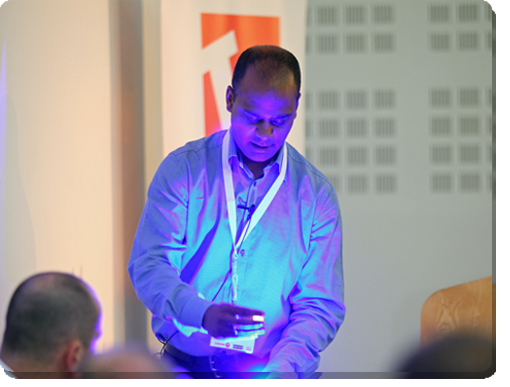UV C LED Disinfection for air, surfaces and water
UV-C radiation is a known disinfectant for air, water and surfaces that can help mitigate the risk of acquiring an infection and has been used extensively for more than 40 years.
Contact us +
Welcome to NHS Lighting by Litelite
Opening Hours : Monday to Friday - 8am to 5pm Contact : 0800 032 5615
UV-C radiation is a known disinfectant for air, water and surfaces that can help mitigate the risk of acquiring an infection and has been used extensively for more than 40 years.
Contact us +
UV-C light is one of few proven methods of eliminating the coronavirus and other pathogens, but its deployment in workplaces, education, healthcare and hospitality buildings has challenges. In this special event, experts will explore both traditional mercury and LED technology, the standards and regulatory framework around ultraviolet lighting and current best practice in surface and upper room disinfection. The latter, in which air-borne viruses are killed by UV-C light from mercury lamps mounted safely above and invisible to occupants, is expected to be a rapidly developing market. Other topics include the use of UV-C chambers and tunnels in retail, commercial and hospitality to disinfect objects such as shopping trolleys

Ultra-Violet (UV) light is invisible to the human eye and is divided into UV-A, UV-B and UV-C. UV-C is found within 100-280 nm range. In the graph can be seen that germicidal action is maximized at 265 nm with reductions on either side. Philips Low pressure UV-C lamps have their main emission at 254 nm where the action on DNA is 85% of the peak value and 80% on the IES curve. As a result, our germicidal lamps are extremely effective in breaking down the DNA of micro-organisms. This means that they cannot replicate and cause disease4. Micro-organisms effective resistance to UV light varies considerably. Moreover, the environment of the particular micro-organism greatly influences the radiation dose needed for its destruction.